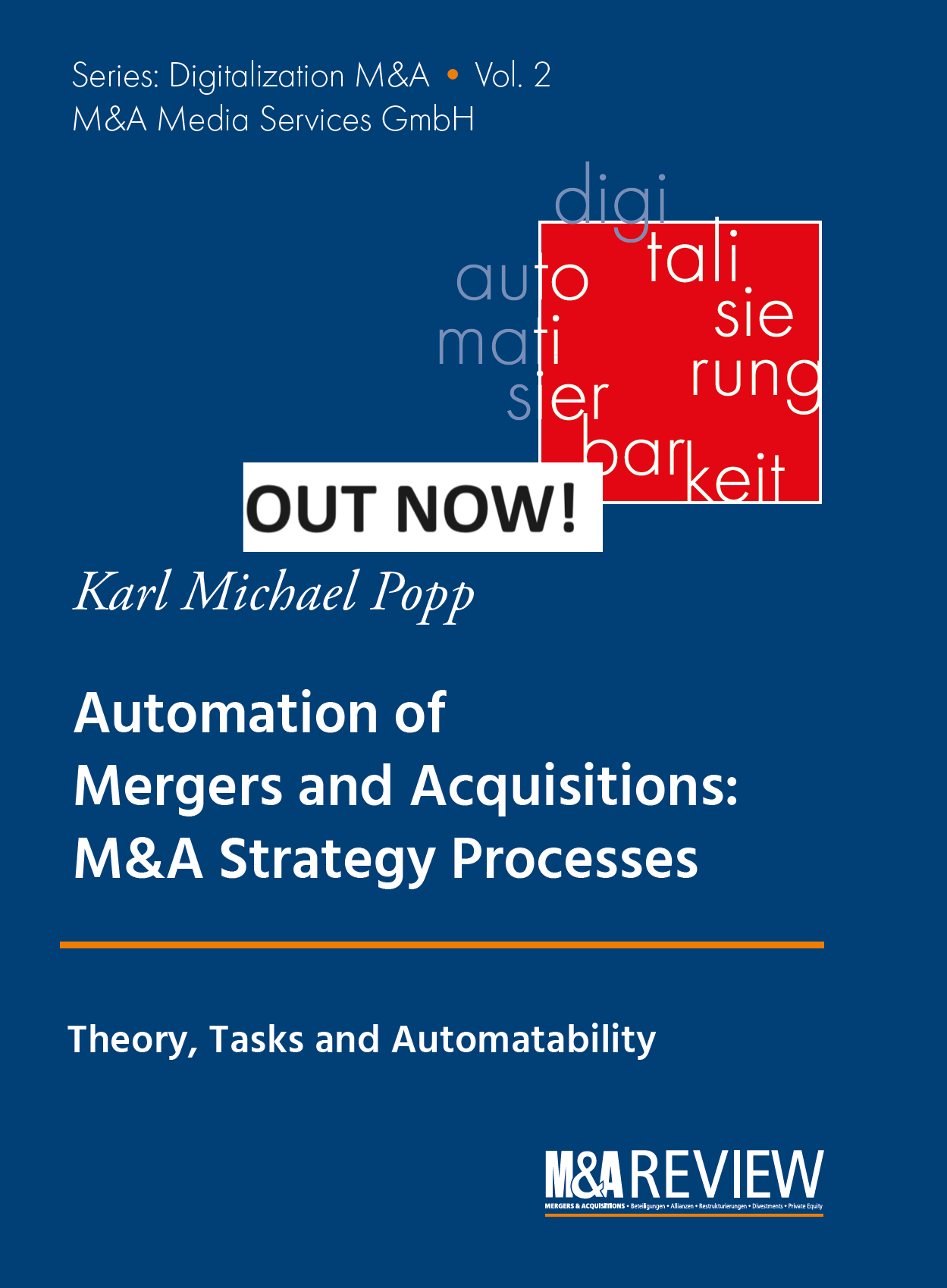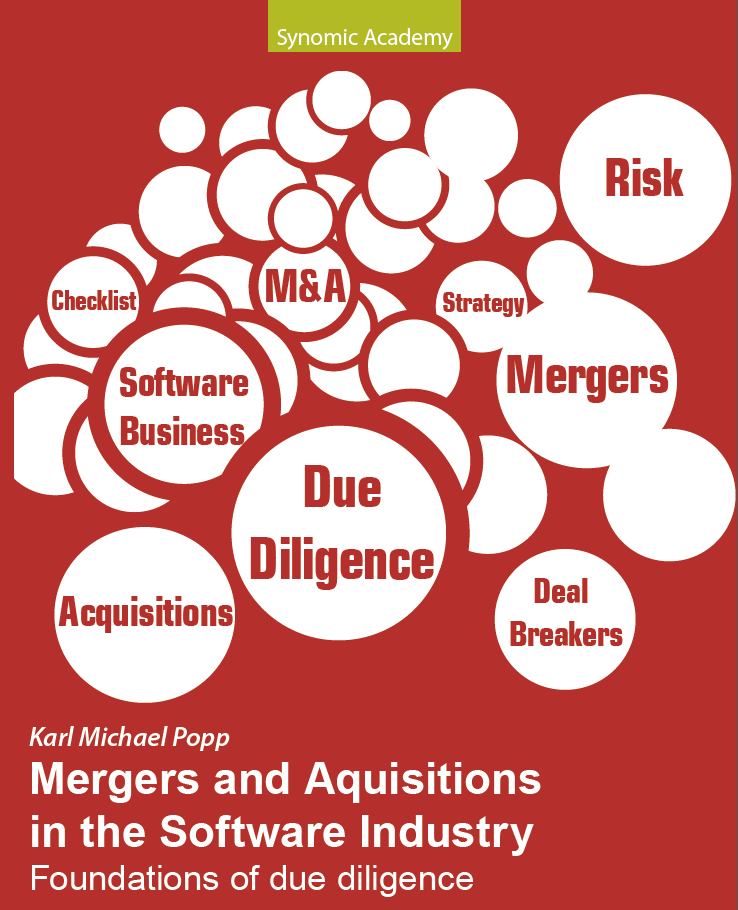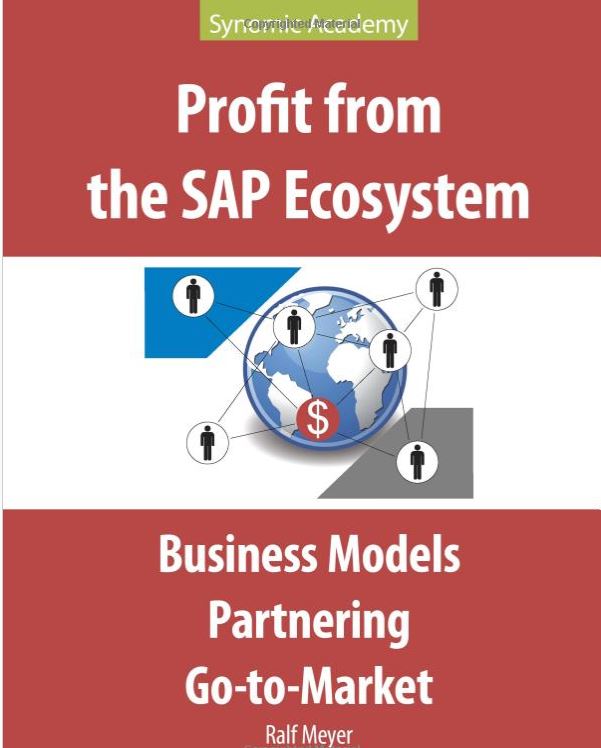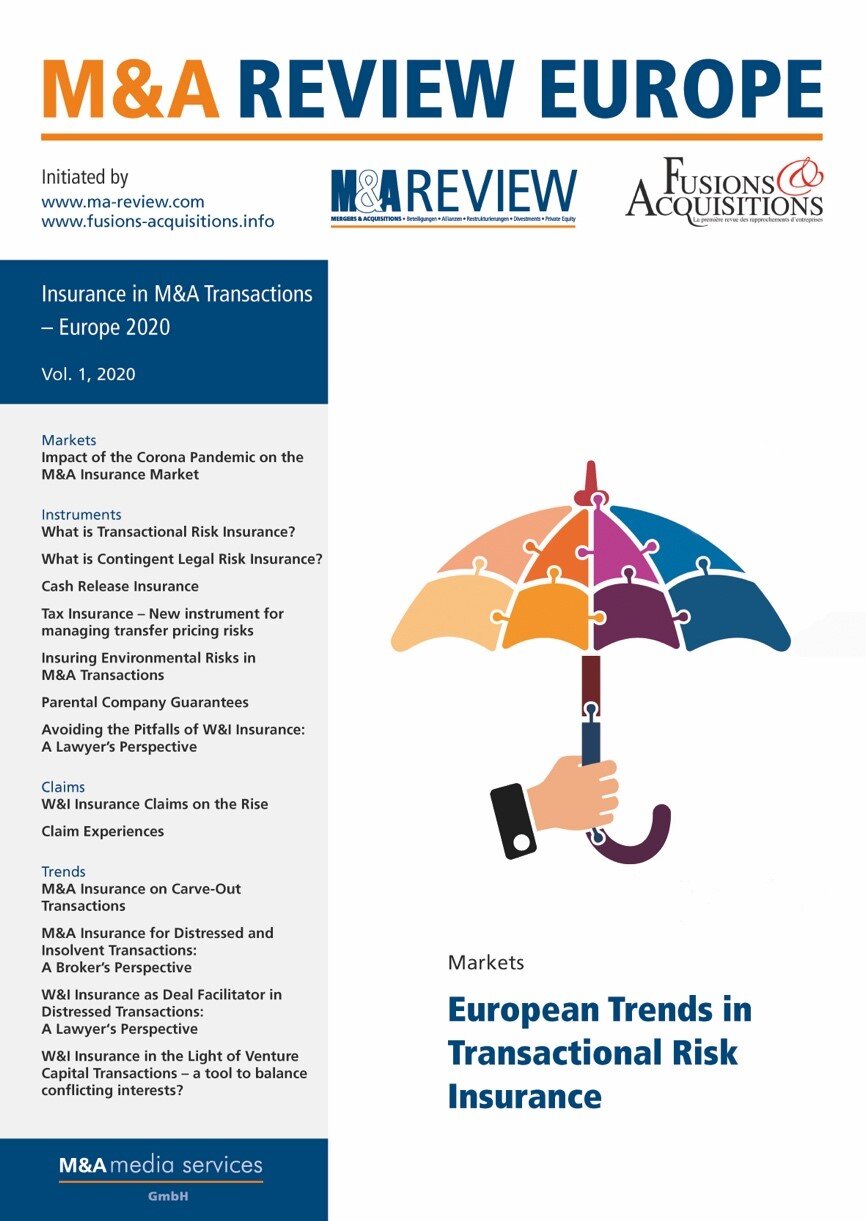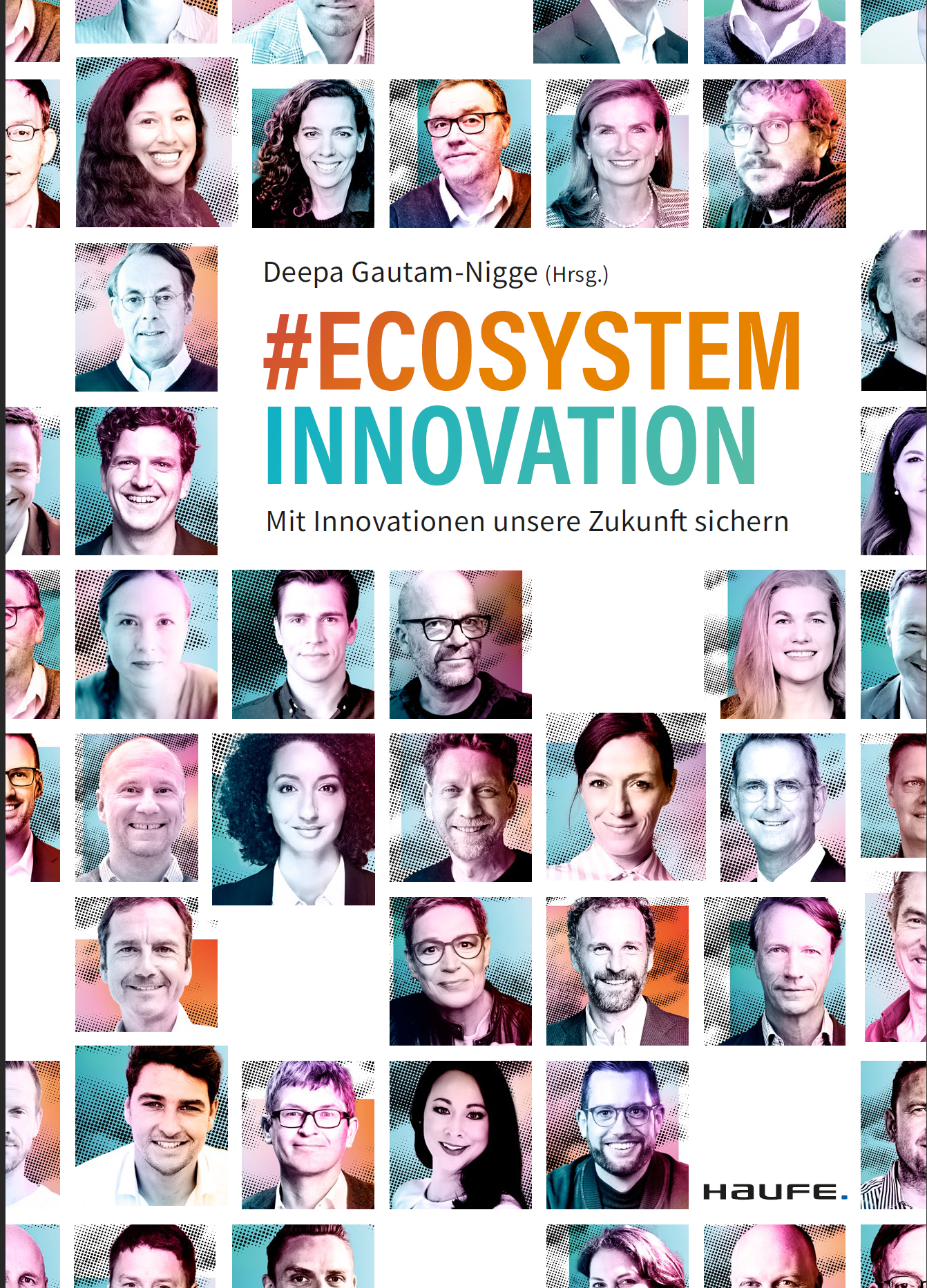M&A digitalization: Forget data rooms for M&A: what we need is a data lake and a data warehouse during due diligence and PMI
In M&A processes, data rooms are all over the place. They are a storage for unstructured and structured data. But these structured and unstructured data are not up-to-date, not complete and they might even be contradicting each other. They might even be aggregated in a way we don´t know and cannot reproduce and we don´t know the underlying data at all. Not a perfect situation to judge based on the numbers and documents. Making sense of this information is tedious and making decision based on this information is very risky. So, what can we do about it? Let me brainstorm a little about that….
Big data is a no-brainer
There are solutions out there who can easily and quickly analyze wast amounts of structured and unstructured data. They can analyze and interpret contracts and other documents, they can find critical clauses in business documents and find e.g. indications of fraught. They can relate information to get analytics about outlyers in financial data, from which business transactions this outlyer originates and by the way, which employee is responsible and accountable for this business transaction. In seconds. This is not a vision, the technology to do this is there and can be used that way. So we should make use of it.
What is possible today?
No matter if you do the analysis during due diligence (with limited information) or post close (with access to all information), you are able to do automated scans that provide you with the following information:
Technical IT landscape: which servers run where and how are they connected, which software runs on which servers
Business system information: which ERP systems are running, what is the business structure, through which APIs are the different business systems communicating, which companies are there, how are they interacting, which business models are implemented. You can compare different systems with each other or with a best practice template or to-be system easily.
Business status information: which processes are being run, how often and in which speed are they executed, how do they perform and how often are process exception handling activities executed.
To summarize, using these automated tools can increase the level of detail and precision of IT and business due diligence and provide a sound basis for a joint IT and business integration planning as early as possible in the M&A process.
Data analysis and interpretation is just the beginning
Life will be easier. Here´s my vision for next generation due diligence work based on data. Now that you found items that are interesting and you analyzed them in due diligence, you have to figure out what actions to take during due diligence and post merger integration. Machine learning is here to help. Based on a set of earlier acquisitions and the plans for the current acquisition, a machine-learning-based algorithm will propose which actions are required by the buyer or the target and/or proposed clauses in contracts to deal with this situation. Let´s imagine new ways of running due diligence and PMI
In due diligence: just give us access to a data lake of structured and unstructured information and give us access to your data warehouse structure and we can analyze the company structure, the business models and the steps needed to transform the business and to plan the integration of the business with the acquirer´s business.
In post merger integration: In addition to data lakes and data warehouses we have access to business systems details which allow to analyse, optimize, transform the acquired business and automatically get proposals which steps should be taken during the integration phase on a detailed level.
Follow me on twitter @karl_popp or stay tuned for more blog entries on innovations in the M&A process.


